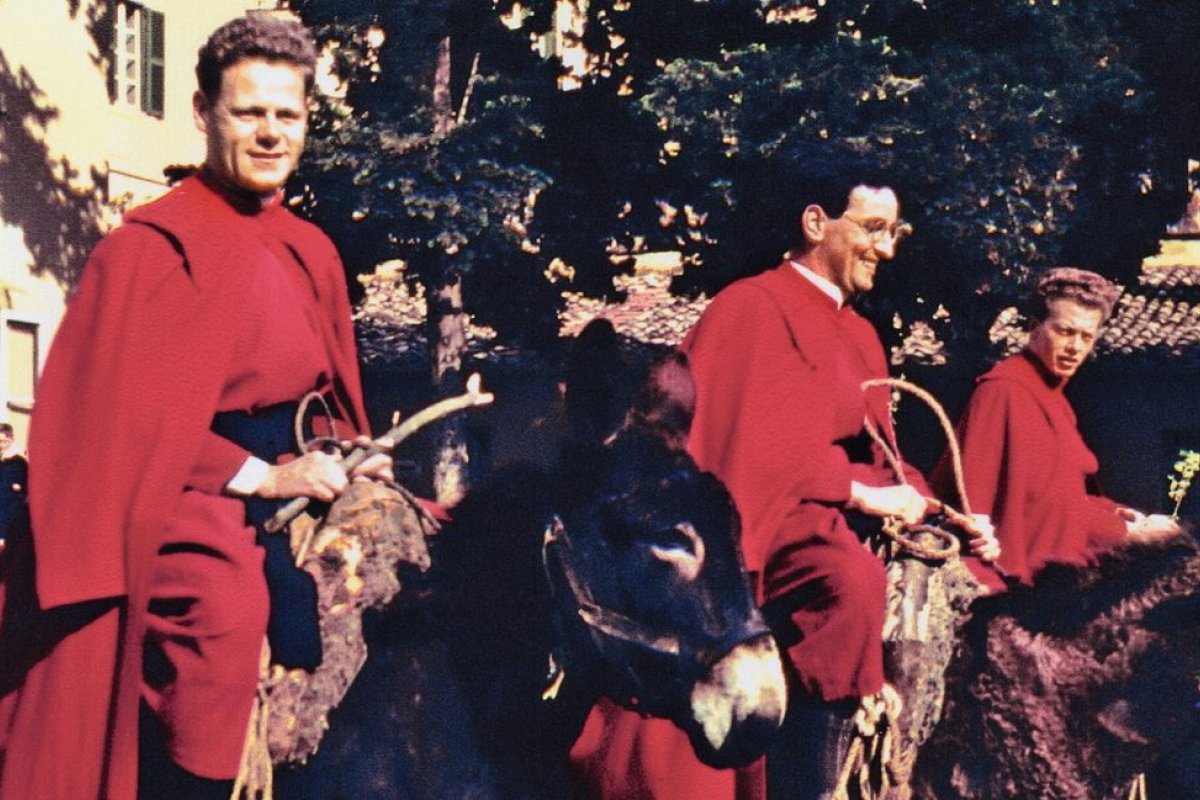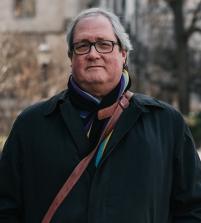
The Legacy of Hans Küng
Remembering a theologian who was unafraid of rocking the boat
Hans Küng’s death on April 6 concluded a life lived with a singular commitment to the idea that the Second Vatican Council (1962-65) was a charism of the Catholic Church. Reading through the obituaries and attendant reflections on his life, that is the undeclared but by no means unapparent epitaph. There are lessons in this about the modernization of a religion, and its consequences for its adherents.
Born in 1926 in Lucerne, Küng was baptized and raised Catholic in a Church whose liturgy was in Latin, that was relentlessly European (not to say Italian) in its leadership, and that was broadly (with some emerging exceptions) suspicious of “modernity.” In this context, Küng studied theology at the Pontifical Gregorian University in Rome and was ordained to the priesthood in 1954. He completed a doctorate in theology at the Institut Catholique in Paris in 1957, where his dissertation on justification by faith aimed to forge common ground between Protestant and Catholic teaching—a harbinger of what was to come. He joined the Catholic theological faculty at Tübingen in 1960. In 1979, he was removed from the Catholic faculty by Pope John Paul II for his public questioning of the doctrine, articulated at the First Vatican Council, of papal infallibility. He would remain at Tübingen until his retirement in 1996, but this is to get ahead of his story.
Küng was by all accounts a major young theological voice in the late 1950s and early 1960s—Avery Dulles, who in later years would take a different direction from Küng, hailed Küng’s 1960 The Council and Reunion to be the most penetrating forecast of the Second Vatican Council’s agenda. Appointed a peritus, or theological advisor, at the Council, he was a strong voice for reform: broadly, for decentralization of Church authority from Rome to local dioceses, for historicization of doctrine and dogma, and for what was, for its time, fairly radical ecumenical outreach.
It would be an understatement to say that Küng was disappointed by the Church in the aftermath of the Council. Three major works outlined what Küng thought the Church might have proclaimed in lieu of the Council, but did not: The Church (1967); On Being a Christian (1974); and Does God Exist? An Answer for Today (1980). The first and second books drew extensively on historical-critical biblical scholarship to fashion, respectively, a quasi-democratic ecclesiology and a Christology centered on the person of the historical Jesus. Of note is his sustained engagement in each with biblical sources and scholarship at a level that is significantly more detailed, and even deferential, than any papal or ecclesial document published in Küng’s lifetime. The third book sought to identify, sympathetically, a distinctively modern challenge to belief, and the Church’s obligation both to acknowledge and to respond thoughtfully and respectfully to that challenge.
As significant as the substance of these books was their implied readership. Küng aimed to identify and to address faithful Catholics, both those “in the pews” and those sufficiently disaffected to have left the church. At the same time, he took from the experience of the Council the recognition that there was a broader interest in Catholicism beyond the Church itself, and he avidly sought to perpetuate that interest and engagement. If Catholicism was to claim universality, it must be responsive to people’s real problems and to the facts of a world of which it was at once decisively a part and not the whole.
Küng’s removal from Tübingen’s Catholic faculty by the Sacred Congregation for the Doctrine of the Faith declared “that he can no longer be considered a Catholic theologian, nor function as such in a teaching role.” His chief “defect” was his resistance to the doctrine of papal infallibility. The removal led him to Tübingen’s Institute for Ecumenical Research, and to a new emphasis on world religions. Instead of the Catholic Church, the touchstone of Küng’s theology became interreligious engagement and, through that, ecology, the environment, and challenges that demanded international (and always, for Küng, interreligious) cooperation. He would come to argue that peace among nations required peace among the religions, which required dialogue and, in the end, the same kind of historicization of religions that had informed his dissertation on justification by faith. He participated in the World’s Parliament of Religions, drafting the statement, “Toward a Global Ethic” that was endorsed by forty religious communities. The parameters had shifted, but the sensibility remained the same.
A career that had begun with questions of justification before God concluded with ruminations on questions of how one might die before God. Himself a victim of Parkinson’s disease, Küng thought and wrote in personal terms about the question of death with dignity before God. He did not disavow the possibility that, in some circumstances, a human could end his or her own life in good faith.
Küng took the Second Vatican Council as a charism of the Church, and that turned out to mean that that he was at first disaffected from and eventually disavowed by the Church. He went on to carry forward his understanding of the Council’s work under other auspices. His epitaph might read as follows: Küng went from being a Catholic theologian to being a catholic theologian.
Photo: Küng, on left, outside of Rome in the 1950s. (Hans Küng, via Der Spiegel)
Sightings is edited by Daniel Owings, a PhD Candidate in Theology at the Divinity School. Sign up here to receive Sightings via email. You can also follow us on Facebook and Twitter. The views and opinions expressed in this article are those of the author and do not necessarily reflect the position of the Marty Center or its editor.


